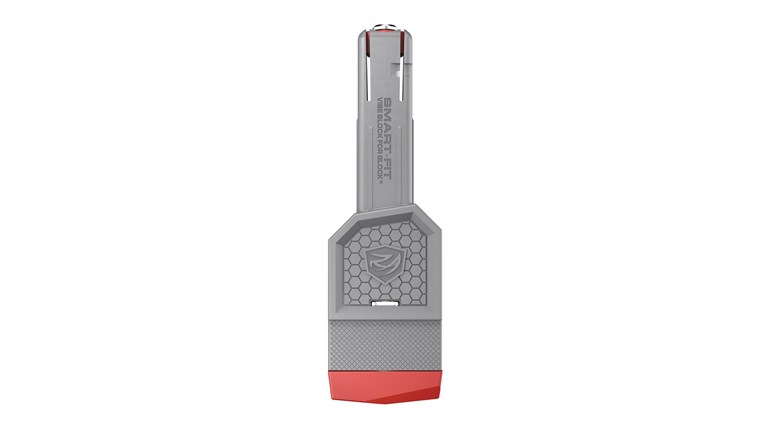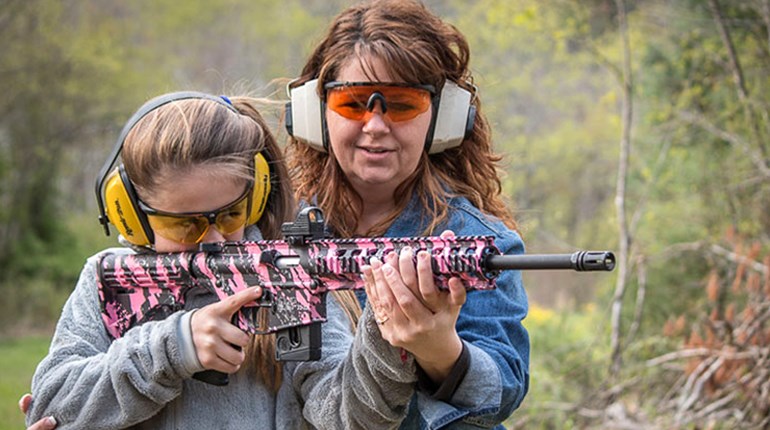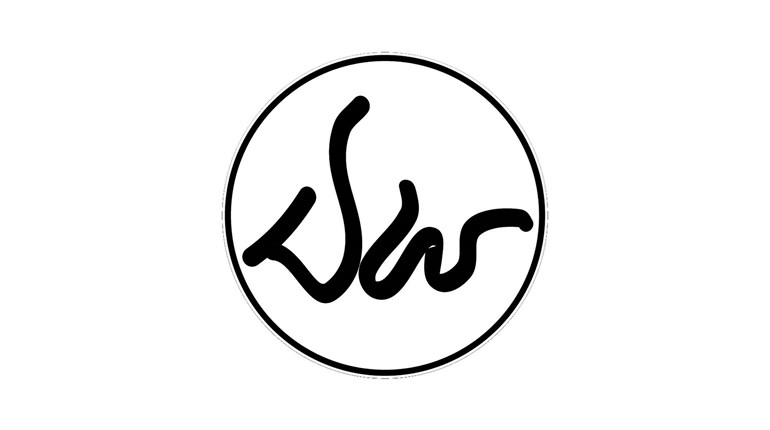
In the summer of 1954, at the Camp Perry Matches, Carl Hellstrom, president of Smith & Wesson, collared an extraordinary tall pistol competitor who happened to be with the U.S. Border Patrol and picked his brain as to what the lawman/pistol competitor would like to see in a duty revolver. The Border Patrolman—I am almost sure he frustrated the Yankee with his excruciatingly slow Louisiana drawl—told Hellstrom a modern peace officer needed a powerful, reliable revolver that wasn't a burden to carry day in and day out. The company's K-frame with a heavy, 4-inch barrel, an extractor shroud, target grips and sights, chambered in .357 Mag. ought to be about right.
Hellstrom returned to Springfield, MA, and spearheaded the effort to produce the revolver that Bill Jordan envisioned. Challenges needed to be dealt with—the largest of which was how to safely contain the pressure of the .357 Mag. in the relatively small cylinder—but on Nov. 15, 1955, the first K-frame magnum revolver came off the line at Smith & Wesson. It was called, appropriately enough, the Combat Magnum, and it was the answer to a lawman's dream, according to Jordan. The first Combat Magnum went to Jordan, and in the first six months of production, Smith & Wesson shipped 5,000 of the guns. Two years later the Combat Magnum received its numerical nomenclature, the Model 19.
During its 44-year production run the Model 19 saw several variations. A 6-inch barrel was added in 1963. Later, a 2 1/2-inch-barreled Model 19 with a round butt was added. And a few round butts were made with a 3-inch barrel. Finish on the Model 19 has always been a highly polished blue or nickel plating, but in 1970 it was made available in stainless steel and called the Model 66. The "3-Ts" (target grips, target hammer and target trigger) were available as well. My own Model 19 is so equipped.
Shooting the Model 19 can be pleasant or intimidating. Using .38 Spl. wadcutters the revolver is a joy: accurate, noticeably quicker handling than its N-frame brothers and at 36 ounces, it tugs a lot less on the belt than its larger forerunners. Stuff the cylinder with full-power 158-grain hollow points, and the Model 19 will get your attention, especially if you are used to shooting the larger Models 27 and 28 revolvers. With practice, however, one can shoot it as well as the N-frame .357s.
The Model 19 was discontinued in 1999; the Model 66 in 2005. Rumor was the K-frame guns would not hold up to a steady feeding of heavy-bullet magnum loads, but I have never seen any proof of that. I believe the Model 19 has run its course. Law enforcement agencies have almost all converted to semi-automatic pistols, and the company's L-frame was specifically designed around the .357 Mag. cartridge.




































